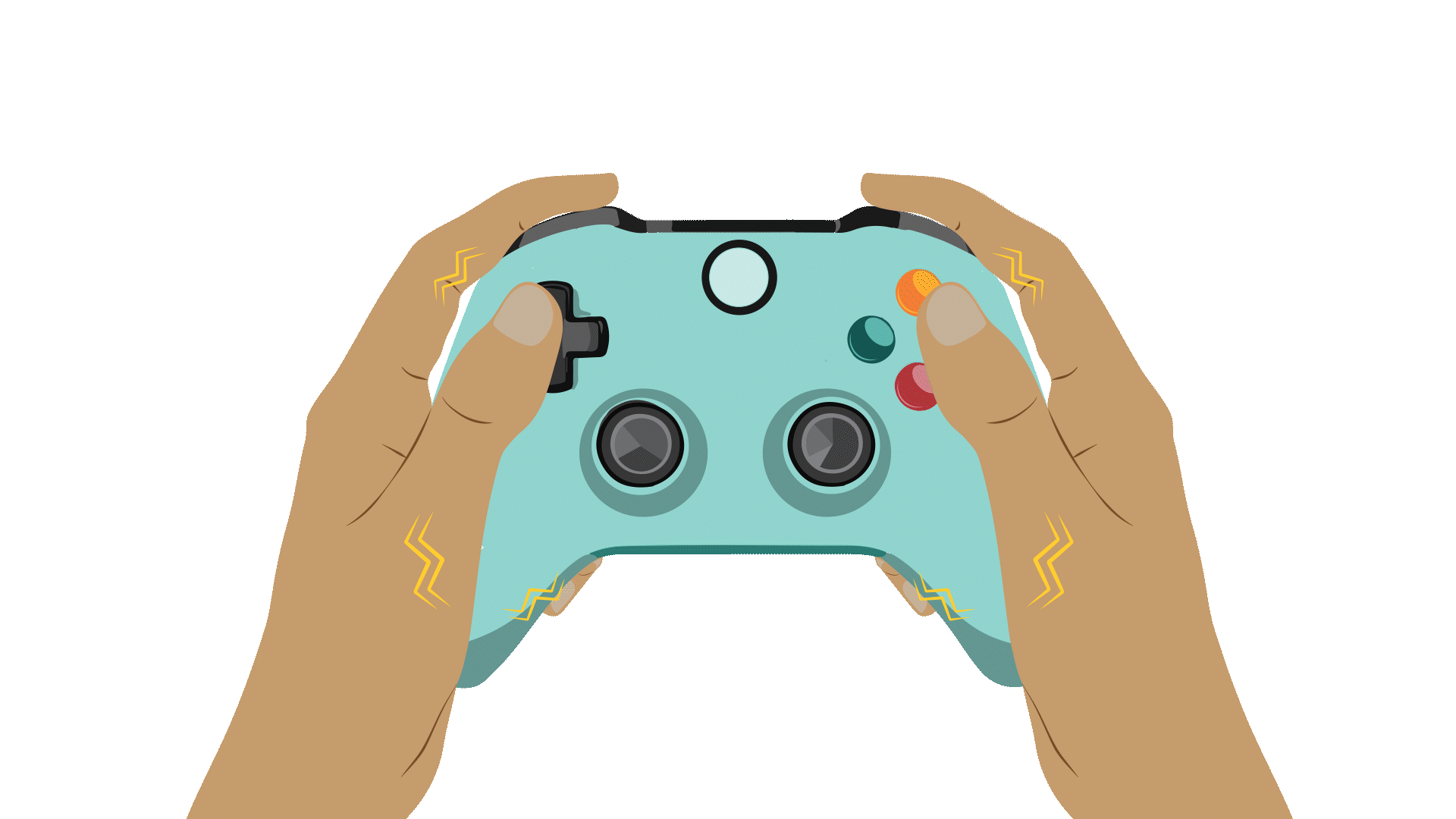
4.7 Tactile Affordances
Tactile sensations are often affordances, as described in Chapter 1, Design for Emotion and Meaning. Whether designed intentionally or not, products send us messages that inspire us to take action. This would include opening a drawer, turning off a light, or popping toast out of the toaster. This is not only a tactile experience, but it is also a multi-sensory experience, where layers of different sensory perceptions contribute to the overall experience of using the product. In familiar everyday scenarios, we first look at the handle or light switch or toaster button (visual), then we touch it (tactile) to achieve our respective goals. When the affordance is comfortable to hold or provides a distinct haptic response, we perceive it as being easy to use.
This is also true with haptic feedback in technology-enabled products, whether it’s a smartwatch or a game controller or an automotive system. We can perceive informative tactile feedback from these devices — for example, anyone who uses a game controller recognizes the value of having different kinds of haptic feedback to enhance their gaming experience.

Example of haptic product experience
Future cars may commonly add haptic vibration feedback in addition to auditory feedback to keep their drivers informed about safety on the road and provide assistance (Gaffaray & Lécuyer, 2018). While we have a lot more to learn about applications for haptic feedback, we know that tactile sensations can provide important and immediate feedback to drivers. Some areas where haptic sensations will be useful in cars include places where: our fingers are in contact with the steering wheel, our bodies are in contact with the seat belt, our foot is in contact with the pedal, and our back and legs are in contact with the seat. The concept of affordances is evolving as technology provides innovative new tactile opportunities for communicating with users.
Next section: 4.8 Summary Review Activity

